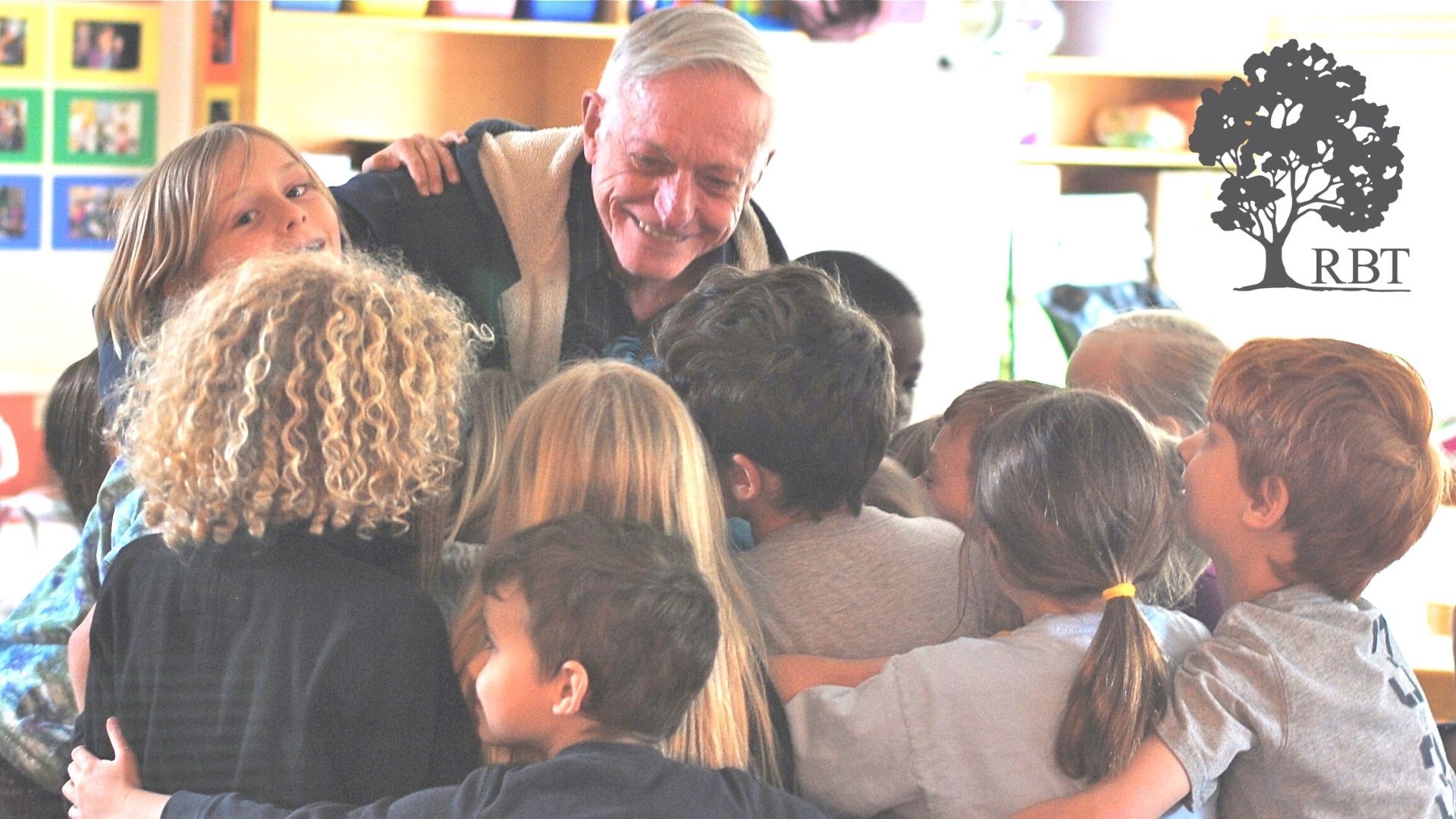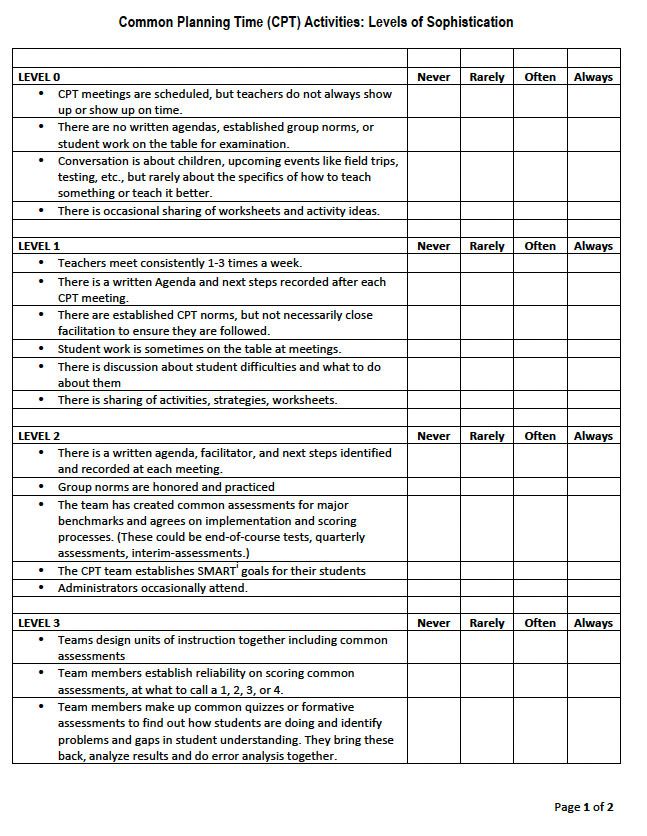Book Excerpt: To See the Soul of a School, Look at Common Planning Time
The following is an excerpt of a chapter from Jon Saphier's forthcoming book on High Expertise Teaching and how to get more of it in more places, more of the time. Due out in 2023. Learn More
How would we design the operation of Common Planning Time Teams if we wanted that process to facilitate increasing teachers' knowledge and skill at High-Expectations Teaching? |
Jon Saphier |
If we want to improve student achievement, critical acts are error analysis and then planning for re-teaching the content in a different way and with interpersonal norms of determination and vulnerability. Group error analysis and planning for re-teaching by teachers who teach the same content is a high-leverage activity to spend time on during team meetings. Without the principal making these practices a priority, they may not happen. But the principal alone cannot ensure this productive use of team time. The principal needs to make this job part of the shared vision of Common Planning Time that all the leaders in the building understand and participate in strengthening.
The first part of this chapter will make the case for error analysis and explain it as a premier investment of time. The second part will suggest other high impact tasks and uses of time besides error analysis and re-teaching. The third part will examine structure, skills, and operating procedures of high-functioning teams. The fourth part will examine the range of approaches (there are many of them) that leaders can use to move teams to higher levels. A final part will address how district level decisions and processes influence the school’s capacity to develop high-functioning CPTs.

Be the First to Know
This is a sample from a chapter from Jon Saphier's new book on High Expertise Teaching, due out in 2023
Learn more about the full contents of the book and sign up to be notified of its release in 2023
IV. Leaders Improving Team Functions
Improving team functioning requires that we know how well our CPT teams are functioning to begin with. At least from time to time a person in a building leadership role should visit every team. The assessment scale at the end of the chapter can be used to summarize the information from a visit.
These meetings are too important to developing teaching expertise and student achievement and too variable in their effectiveness in most schools to be declared off-limits for observation and supervision. We have run into union contracts that do wall off these visits. That cannot be accepted and should be a non-negotiable when the current contract expires. But by the same token union representatives can argue with justification that administrators must be certified as proficient in knowing what a good PLC looks like before being authorized to evaluate them. That is only fair.
IV. Leaders Improving Team Functions
A building leader who is a good culture builder (See Chapter Excerpt: The Skillful Culture Builder) can do this work without the flavor of evaluation and judgment.
For those concerned about legacy, consider this: a leader who focuses on high-performing PLCs can build a sustainable infrastructure of self-regulating groups that can continue to propel a good school to greatness after the leader has departed.
